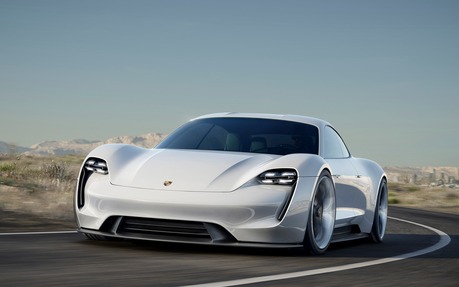Individual Actuation: The Future of Four-Wheel Drive Systems?
Not familiar with how four-wheel drive works? When the engine in a “normal” car runs, this movement is transferred to the front or rear wheels by way of a gearbox. In a four-wheel drive vehicle, the movement is sent to all four wheels via a transmission and various components known as a transfer case. Essentially, the movement of the four wheels is controlled by a single engine.
But there’s another possibility that may very well eclipse the others: a four-wheel drive system that runs on four electric motors¾one for each wheel. This type of system is far superior to classic all-wheel drive because it offers much better control of the torque for each wheel.
For example, in modern conventional cars, when the computer detects that certain wheels are starting to lose grip, it will rectify the problem by sending torque to wheels that have the best traction, with the help of a differential. However, since this doesn’t happen instantly, you could get stuck.
On the other hand, in cars with independent wheel actuation, the computer can instantly adjust each wheel’s torque, thereby minimizing the loss of grip.
Hydro-Québec has already worked on an in-wheel motor concept - essentially a small electric motor that supplies each individual wheel¾toward the eventual goal of installing four of these motors in one car.
